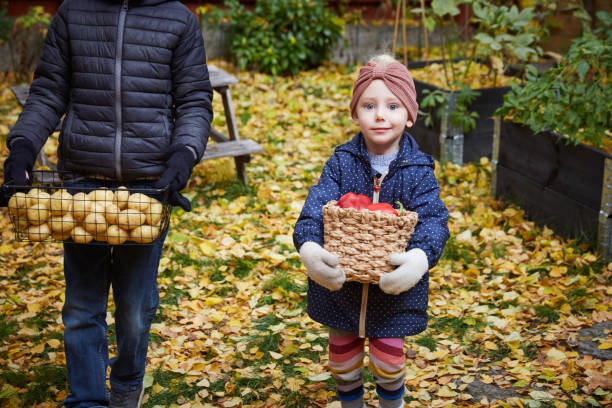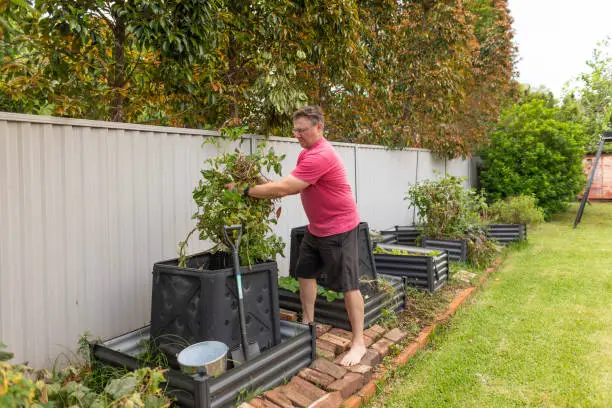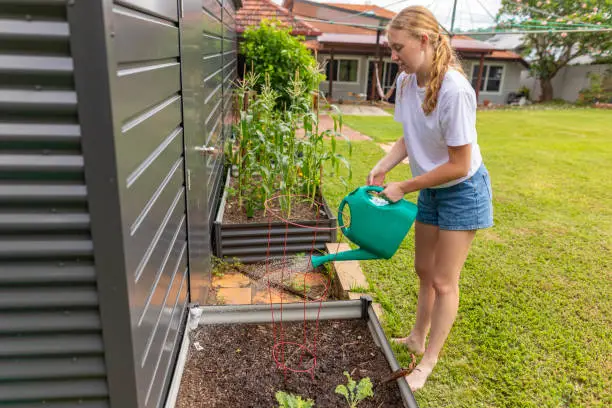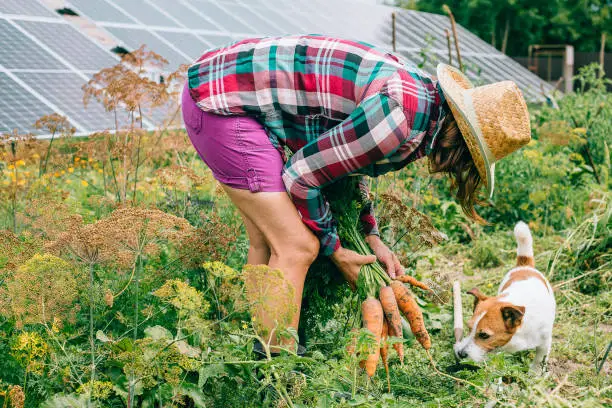Basic Composting: Gold from Waste
Daily silent revolutions in backyard homesteading make the commonplace exceptional and the useless valuable. This transformation does not require alchemy or modern technologies. Lifelong composting generates development, decomposition, and rebirth. Sustainable living requires composting to close the consumption cycle and rebuild the soil that feeds us.

Nature controls organic decomposition everywhere, from forest floors to lake bottoms. But in the farmhouse garden, it surpasses its basic beginnings. The pile of vegetable peels, coffee grounds, and fallen leaves becomes rich, fertile soil full of life and potential. This black gold may revitalize our gardens, reduce waste, and reconnect us with nature.
Composting is stewarding life’s cycle. It takes time, observation, and intuition. First, set up your composting system. Options include modest piles in a hidden garden nook and complex bins that hasten decomposition. Each strategy has advantages and fits different homesteading scales. Selection depends on space, organic waste production, and personal preference.
The mystical transformation begins after setup. The trick is balancing greens and browns, nitrogen-rich kitchen wastes, and carbon-rich dry leaves and straw. The bacteria need the correct nutrients, so this balance is essential for decomposition. With too much nitrogen, the pile may smell and attract pests, and too much carbon hinders decomposition.
Water and oxygen are essential to composting. Like a sponge, the pile must remain moist to maintain life. Too dry kills bacteria. Too much water makes the pile anaerobic, slowing decomposition and creating foul odors. Turning the pile regularly introduces oxygen for aerobic breakdown. Microbial activity produces moisture and heat, which it distributes.
The pile becomes a biodiversity hub as it transforms. Multiplying microorganisms break down complex organic substances. Pests and worms help decompose and create air and water routes. The pile shrinks and cools, indicating compost maturity. Contrary to its raw elements, the finished product is black, crumbly, and earthy.
Using compost in the garden completes sustainable living. It enriches soil structure, water retention, and nutrients. It also adds helpful microbes that control plant diseases and pests, lowering fertilizer and pesticide use. Composting also reduces greenhouse gas methane by removing organic waste from landfills. Recycling garbage into compost improves the earth.
Beyond waste disposal, composting is a philosophy that respects nature’s cycles and seeks harmony. It shows that death and decay provide life and renewal. Composting helps us cycle trash into a life-sustaining resource. It shows we may convert the end into the beginning with care and respect for natural processes.
Composting improves our gardens and lifestyles. We learn patience, care, and the interconnection of all living things. Composting one pile at a time helps the planet. Composting is a rewarding experience for homesteaders of all levels. Through it, we connect to the earth, life, and ourselves. Turning rubbish into gold teaches us about development, transformation, and beauty, not the ultimate product.
How to Harvest Rainwater at Home
Amid backyard homesteading’s poultry and wind-rustling vegetable leaves, modern homesteaders are reviving an ancient practice: rainwater gathering. This ancient farming method shows human inventiveness in sustainable living. It involves storing rooftop, ground, or rock catchment rainwater for later use. In a world where billions face water scarcity, harnessing the sky’s wealth offers a flood of self-sufficiency and environmental stewardship potential.
Rainwater gathering on a homestead can be simple or sophisticated, depending on goals. It needs a catchment area, transportation system, and storage. This simplicity’s beauty hides its power. A single rainfall can irrigate gardens, quench livestock, refill aquifers, or give potable water with adequate treatment.
Rainwater harvesting starts with the roof as the catchment. Clean and water-efficient metal, slate, or tile roofs are ideal. However, homesteading encourages invention and adaptation. Therefore, even less perfect roofs are used with additional filtering to maintain water quality. Downspouts carry roof water to barrels, tanks, or cisterns. They might be as simple as food-grade barrels or as complex as underground tanks for large-scale gathering.
The unsung hero of rainwater collection is the conveyance system, usually gutters and downspouts. It must be clean to avoid clogs and pollution. Homesteaders can filter their water by using leaf screens, first flush diverters, and gutter guards. Maintenance is crucial in this system since a blocked gutter reduces water collection effectiveness and damages the property.
Storage solutions balance creativity and necessity. Although above-ground tanks are the most visible sign of rainwater harvesting, underground cisterns offer temperature stability and space savings. Water storage depends on climate, space, budget, and use. Underground cisterns prevent evaporation and freezing, but above-ground tanks are easier to install and maintain. Whatever the approach, rainwater storage requires balancing capacity and quality. Preventing algae growth and contamination requires regular tank or barrel cleaning and examination.
Local laws govern rainwater use as much as the homestead needs. Rainwater harvesting can save gardens and livestock in water-scarce places. Fire control is becoming more critical in fire-prone locations. Homesteaders need filtration and purifying devices for potable usage. Rainwater purification technology, from charcoal filters to UV purification systems, is affordable and effective.
Rainwater harvesting promotes sustainability beyond its practical benefits. It decreases municipal water use, mitigates runoff on local waterways, and strengthens the homestead. Homesteaders conserve rainwater and help the environment.
Adding rainwater collection to the homestead takes a lot of work. Legal issues, startup expenses, and space constraints can be obstacles. However, homesteaders’ inventiveness and resourcefulness can overcome these challenges. Homesteaders make rainwater collection a sustainable and rewarding part of their lives through community seminars, cooperative purchasing agreements, or self-taught engineering.
Backyard homesteading increasingly uses rainwater gathering, reminding us of our interconnectedness. Today’s roof rain can irrigate a garden, feed livestock, and replenish an aquifer for future years. The cycle of sustenance begins with capturing rain and extends beyond the homestead to every part of the ecosystem.
Homesteaders integrate into nature by capturing rainwater. They join a renewing cycle that nourishes all life. Rainwater harvesting shows how sustainable living may change how we live and interact with the earth and each other. It combines traditional knowledge and modern ingenuity to help people live harmoniously with the world. With this practice, every raindrop is a blessing. It is a step toward a sustainable future for the farm and its owner.






Leave a Reply